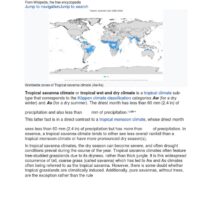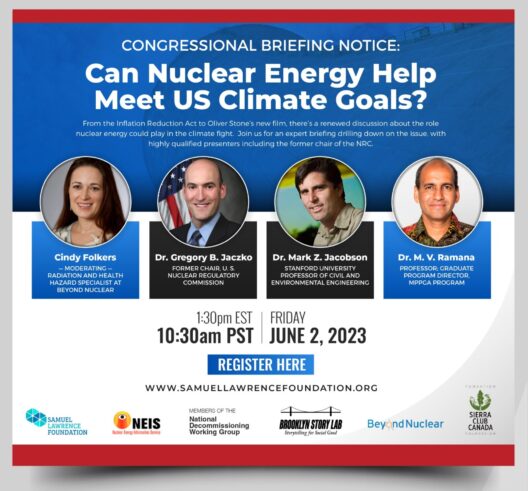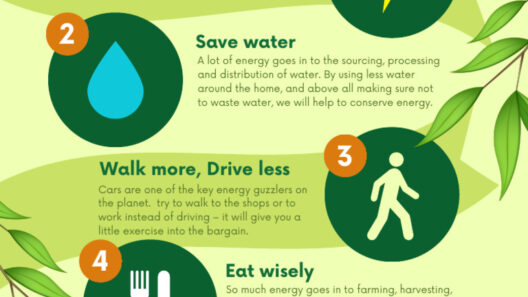To grasp the concept of non-conservative energy, one must embark on an exploration akin to traversing a forest where each tree represents a distinct source of energy. As you walk deeper into the woods, you begin to notice that not all pathways are equally clear or predictable. In the realm of physics, conservative and non-conservative forces guide our journey, illuminating the path of energy conservation.
At its core, energy is akin to a currency—its conservation is paramount for maintaining ecological balance. When energy is absorbed and transferred in a systematic fashion, we refer to this process as being governed by conservative forces. These forces, such as gravity and spring force, allow energy to be conserved within a closed system, akin to a bank where funds reside undisturbed. In contrast, non-conservative energy disrupts this financial equilibrium, allowing energy to dissipate like leaves blown by the wind.
So, what precisely is non-conservative energy? To clarify, for every energy transfer or transformation, there exist forces that may not allow energy to be stored and reused effectively. The most pertinent examples include friction and air resistance. When someone slides down a frictional hill, the gravitational potential energy converts to kinetic energy, yet the presence of friction dissipates some of this energy as heat. This heat is non-conservative in nature—energy spent, never to return. It is analogous to pouring funds into a leaky bucket: while you initially fill it, much escapes before it can be utilized.
The impact of non-conservative energy on conservation efforts cannot be overstated. When we consider a large-scale application, the inefficiency introduced by non-conservative forces results in significant energy loss. For instance, in mechanical systems like engines and turbines, friction between moving parts transforms valuable mechanical energy into thermal energy, subsequently dissipating it into the environment. Each unit of energy wasted not only manifests as an economic loss but also compounds the ecological footprint by escalating the demand for additional power generation. This phenomenon is akin to a river whose flow is continually diverted, leaving surrounding ecosystems dehydrated.
Moreover, in renewable energy systems, the effects of non-conservative forces also represent challenges we must surmount. Take wind turbines, for example. While they convert kinetic energy from wind into electrical energy, friction in the gears and bearings extracts a portion of that output, reducing overall efficiency. The beauty of renewable energy lies in its potential for sustainability; however, the lurking presence of non-conservative energy introduces an element of caution. It necessitates innovation, demanding that engineers devise advanced technologies to mitigate these losses effectively.
This interplay between conservative and non-conservative forces elevates discussions about energy policy and future technologies. Governments and organizations advocating for energy efficiency consistently underscore the significance of harnessing renewable sources while also minimizing non-conservative losses. Much like a gardener tending to plants, whereby attention towards weeds ensures that the garden flourishes, energy policies that tackle non-conservative forces promise a healthier energy landscape.
To further appreciate the unique allure of energy conservation, visualize it as a grand symphony. A conductor meticulously directs the orchestra, ensuring each note resonates harmoniously, much like how energy must flow. The woodwinds represent conservative forces: delicate yet powerful, maintaining melodic integrity. In contrast, the brass section, with its loud and boisterous notes, embodies non-conservative forces, interrupting the symphony with bursts of energy that do not contribute to the overall harmony. Energy conservation, therefore, calls for meticulous balance—an orchestration of efforts to minimize these disruptive non-conservative elements.
The ramifications of neglecting non-conservative energy extend beyond mere inefficiencies. They resonate within socioeconomic frameworks, influencing energy policies that govern industries and households alike. As non-conservative losses mount, so does reliance on non-renewable energy sources. This, in turn, exacerbates climate change and squeezes natural resources, forging a vicious cycle that is unsustainable in the long run. Awareness and education bridging the comprehension of non-conservative energy can empower individuals and communities alike to adopt more mindful consumption habits relevant to their lifestyles.
Transitioning towards solutions involves a multi-faceted approach. Emphasizing energy-efficient technologies becomes essential. For example, advancing frictionless bearings and employing less energy-intensive materials can dramatically reduce non-conservative energy losses in mechanical systems. Furthermore, implementing policies promoting energy audits empowers businesses to recognize inefficiencies in their operations and make informed decisions toward reducing their energy footprint.
The challenge of non-conservative energy invites innovation and creativity. Exploring bio-inspired designs mimicking nature’s efficiency can lead to groundbreaking solutions for capturing and utilizing energy without excessive loss. As we continue to draw from the lessons the natural world offers, we can innovate strategies that reflect these principles, ensuring seamless energy conservation across various sectors.
Understanding non-conservative energy is essential in recognizing its role in the broader narrative of energy conservation. By acknowledging its presence and implications, society can pursue sustainable pathways that honor the intricate balance between consumption and preservation. Just as the delicate ecosystem of a forest flourishes through mutualism and interdependence, so too can our energy systems prosper by mitigating non-conservative energy losses, conserving valuable resources for generations to come.







